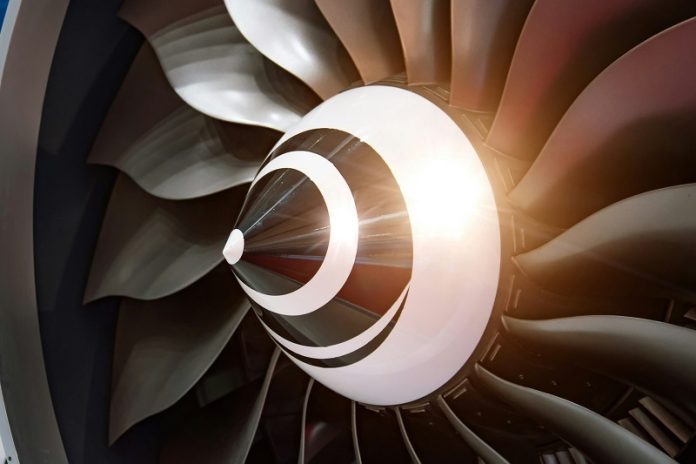
Titanium alloys are crucial for many industries, from aerospace and energy infrastructure to medical equipment.
However, making them both strong and flexible has always been a challenge.
Stronger materials usually become less flexible, and more flexible materials tend to be weaker.
But now, researchers at MIT, in collaboration with ATI Specialty Materials, have discovered a way to create new titanium alloys that break this old tradeoff, leading to alloys that are both exceptionally strong and flexible.
This discovery opens up exciting new possibilities for various applications.
The team’s findings, published in the journal Advanced Materials, are the result of work by Shaolou Wei ScD, Professor C. Cem Tasan, postdoc Kyung-Shik Kim, and John Foltz from ATI Inc.
They discovered that by carefully choosing the chemical composition and the lattice structure of the alloy, and by adjusting the processing techniques used to produce the material, they could achieve a balance of strength and flexibility never seen before in titanium alloys.
Titanium alloys are valued for their excellent mechanical properties, corrosion resistance, and light weight compared to steel.
These properties can be fine-tuned by selecting the right alloying elements and their proportions, as well as by the way the material is processed.
“You can create various different structures, and this creates a big playground for you to get good property combinations, both for cryogenic and elevated temperatures,” explains Professor Tasan.
However, this wide range of possibilities requires a method to guide the selections to produce a material that meets specific needs. The study provides that guidance, showing how to choose the right elements and processing techniques to get the best properties.
The structure of titanium alloys, right down to the atomic level, determines their properties. Some titanium alloys have a complex structure made up of two intermixed phases, known as the alpha and beta phases. “The key strategy in this design approach is to take considerations of different scales,” says Tasan.
“One scale is the structure of individual crystals. By choosing the alloying elements carefully, you can have a more ideal crystal structure of the alpha phase that enables particular deformation mechanisms.
The other scale is the polycrystal scale, which involves interactions of the alpha and beta phases. So, the approach here involves design considerations for both.”
In addition to selecting the right alloying materials and proportions, the processing steps are crucial.
A technique called cross-rolling, which involves rolling the material in different directions, is key to achieving the exceptional combination of strength and flexibility.
The team found that there was a particular set of parameters—composition, proportions, and processing method—that resulted in a structure where the alpha and beta phases deformed uniformly, reducing the tendency for cracking.
“The phases deform in harmony,” says Tasan. This cooperative response to deformation results in a superior material.
The researchers tested a variety of alloys under a scanning electron microscope while they were being deformed. This revealed details about how their microstructures respond to mechanical load.
They found that the right combination of parameters allowed the alpha and beta phases to share the deformation uniformly, leading to a much stronger and more flexible material.
“We looked at the structure of the material to understand these two phases and their morphologies, and we looked at their chemistries by carrying out local chemical analysis at the atomic scale,” says Tasan.
“When we look at the overall properties of the titanium alloys produced according to our system, the properties are really much better than comparable alloys.”
This industry-supported research aimed to prove design principles for alloys that can be produced on a commercial scale.
“What we do in this collaboration is really toward a fundamental understanding of crystal plasticity. We show that this design strategy is validated, and we show scientifically how it works,” adds Tasan, noting that there is still room for further improvement.
As for potential applications, Tasan says, “for any aerospace application where an improved combination of strength and ductility is useful, this kind of invention is providing new opportunities.”
This breakthrough in titanium alloys could lead to stronger, more flexible materials for a wide range of industries, making our world a safer and more efficient place.


